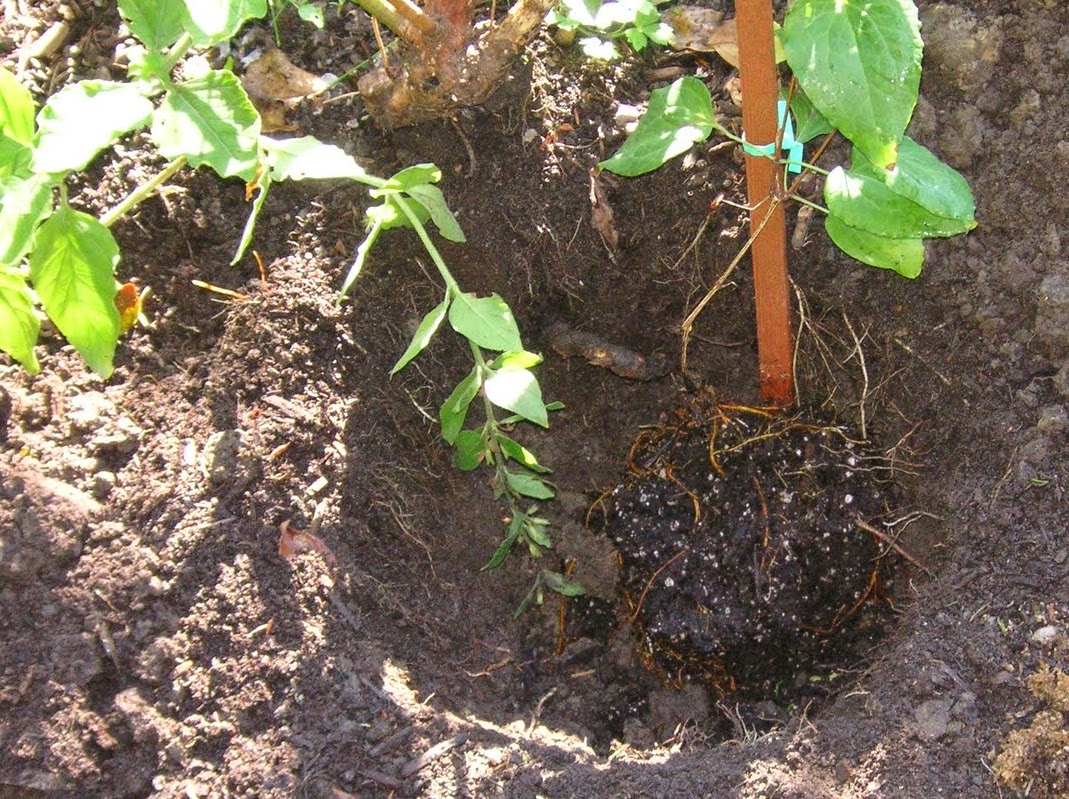 |
| Image credit - http://www.gardenbuddies.com/ |
Clematis wilt is a very common, fast acting and devastating fungal disease that can affect all species of clematis, although it is more associated with the large flowering hybrids. The fungus has been identified as Ascochyta clematidina but it is believed that other fungal species may also have a part to play. Unfortunately the causes behind clematis wilt are still poorly understood and may not be the same from one plant to another.
Symptoms
 |
| Image credit - http://audaxdesign.co.uk/ |
Discoloured lesions can occur on the stem at or near ground level and you may witness dark patches on older, otherwise healthy leaves.
How the fungus acts upon the plant is not really known although it is believed that clematis wilt could be a soil based fungus whose spores enters the plant though wounds or insect damage during times of high humidity. Be that as it may they is no evidence that the fungus then develops either mycelium inside the plant or any external fruiting bodies.
Control
Spraying your clematis with a general systemic fungicide may act as a preventative measure but once clematis wilt has taken hold all that can be done is to cut all the stems down to ground level as soon as the disease has been identified.
The infected stems should be immediately bagged up for burning to prevent the spread of infection. Usually you can expect to see new growth from the base that same season which will be unaffected by the disease.
This is the reason why when planting new clematis, the current practice is to sink the root-ball 6 inches or so below the existing soil level. This encourages the formation of roots from the submerged section of the stem and these appear to be less liable to infection.
However if symptoms do recur repeat the above process and then remove the soil surrounding the root-ball to a depth of 12 inches and replace with fresh sterilised soil.



















